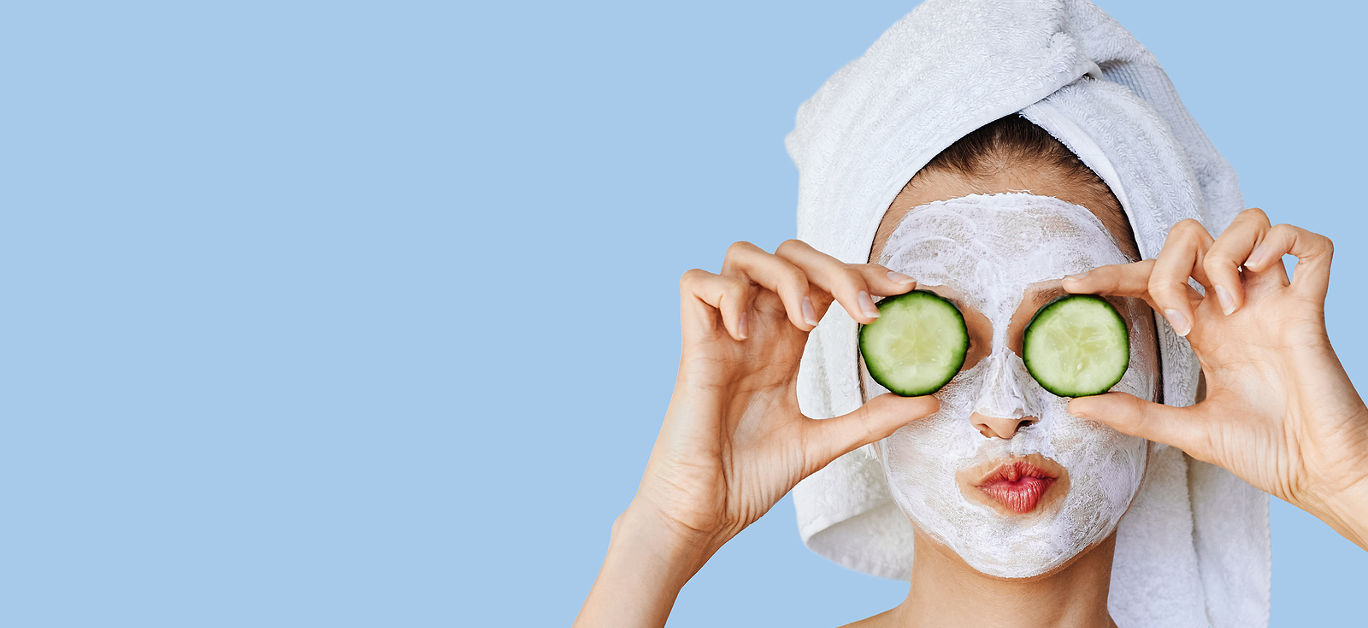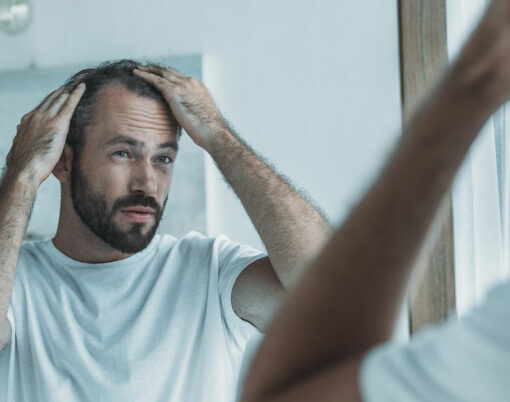Words by Kiehl’s skincare experts
Face masks are a smart addition to any skincare routine. Once you’ve got your basics sorted – cleansing, moisturising, and SPF – adding a face mask makes sense.
Think of it like a more intense treatment that targets and tackles specific skin issues whether that’s dehydration, excess oil, or dullness – or something else entirely.
Now, let’s face it, we’re all busy people, so while you can lounge in a bath luxuriating in your favourite mask, you don’t need to.
There are face mask formulations out there that mean you only need to spare a few minutes of your time, or, even better, you can wear them overnight which requires very little effort from you besides slathering it on and getting into bed.
But, with so many face masks out there, how do you know where to start?
Let’s break it down.
Face mask shopping guide
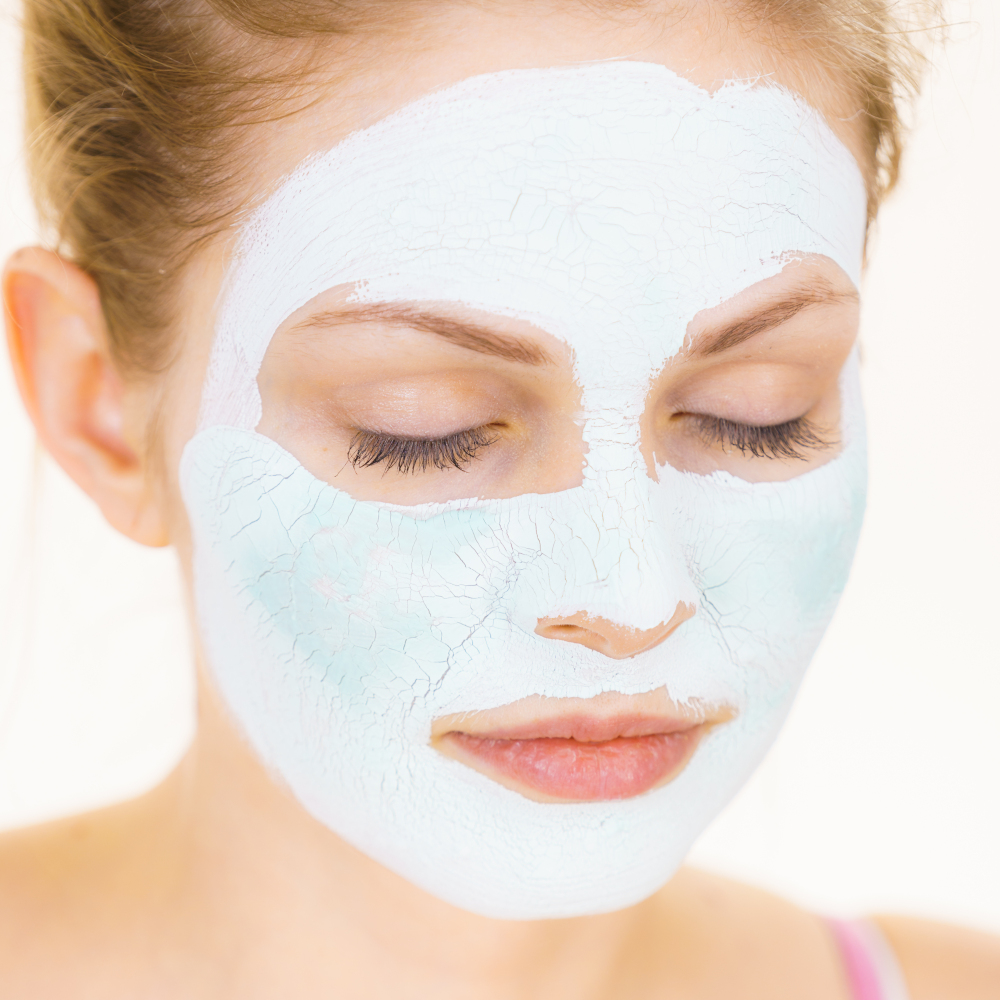
The best way to shop for a face mask is to identify one of two things: the skin issue you want to tackle or the result you want to achieve. Most masks will shout about one or both on the packaging and product description online.
The Skin Issue: Dry = The Result: Hydrating
Hydrating face masks often contain humectants such as glycerine and hyaluronic acid that attract moisture into the upper layers of the skin.
The Skin Issue: Combination = The Result: Balancing
A balancing face mask will tackle both dry patches and excess sebum at the same time. Result.
The Skin Issue: Oily = The Result: Mattifying
Look to mattifying face masks to tackle shine, they’ll usually reduce the amount of excess oil on your skin and leave the complexion looking matte (but not flat).
The Skin Issue: Blocked Pores = The Result: Deep Cleansing
Deep cleansing face masks, often enriched with ingredients like kaolin clay and charcoal, are designed to clean the skin of impurities and can also help minimise the look of enlarged pores.
The Skin Issue: Dull Skin = The Result: Brightening
Got dull skin? A brightening face mask will usually have an exfoliating function, whether that’s using acids such as Alpha Hydroxy Acids (AHAs) or natural grains to slough away dull, dead skin.
The Skin Issue: Sagging Skin = The Result: Firming
Firming face masks will often temporarily tighten the feel of the skin, while also having a hydrating action leaving skin feeling and looking plumper too.
The Skin Issue: Sensitivity = The Result: Soothing
For skin that’s sensitive and prone to redness, soothing face masks often enriched with calendula or aloe, are designed to calm the feeling of uncomfortable skin.
3 ways to use a face mask
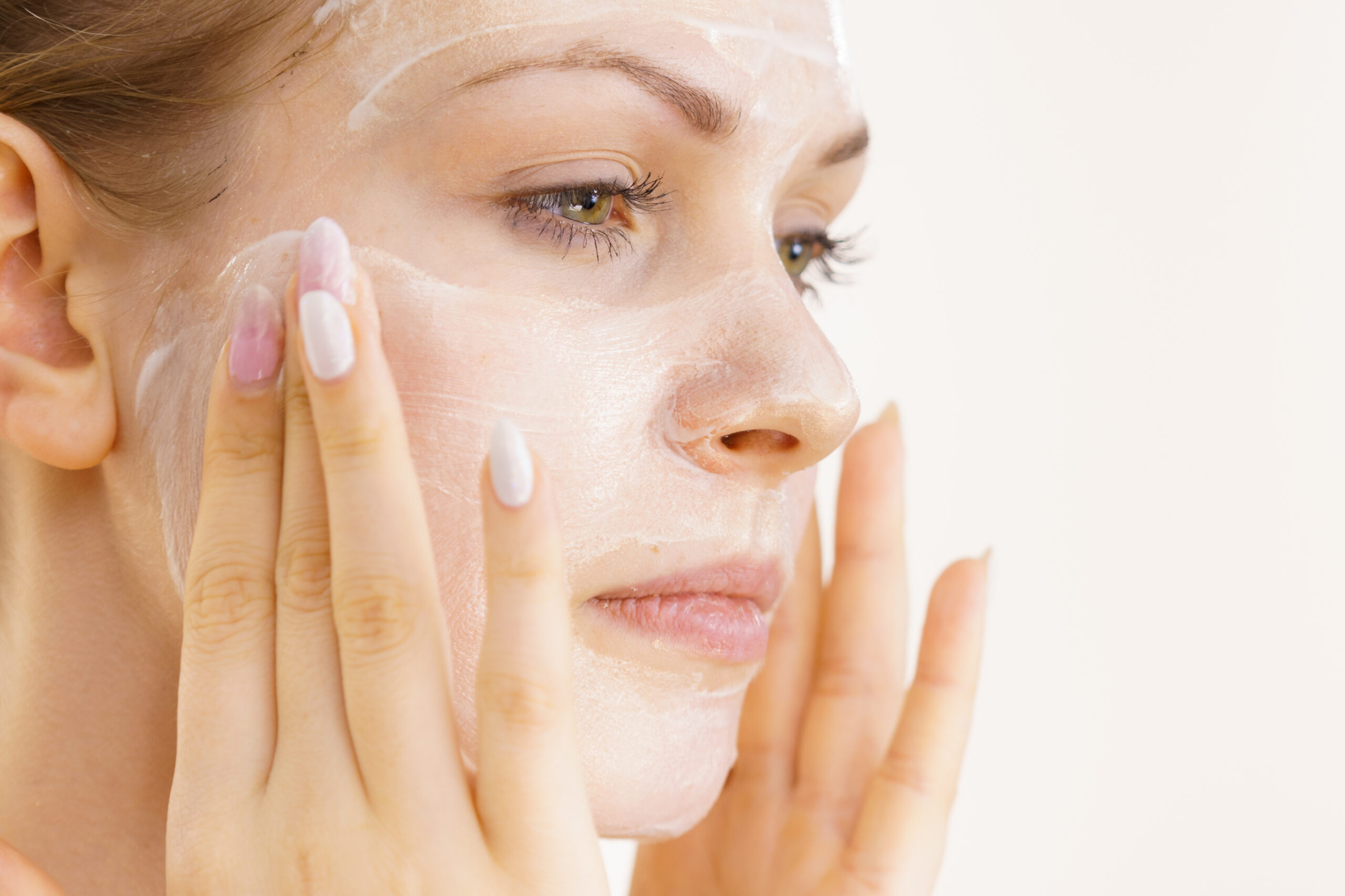
There are three key ways you can use face masks. It’s time to play!
Full coverage
The most common and easiest way to take advantage of a face mask is to follow the instructions and simply apply it all over the face.
But are you feeling playful and creative?
Multi-masking
A hot trend in recent years, multi-masking involves applying different masks to different “zones” of the face. It’s kind of like being your own facialist, after all you know your skin better than anyone!
Think about it, you might be dealing with an oily T-zone, blemishes, and dry patches, so it makes sense to apply different masks to the different areas of concern.
For example, if you have a cluster of spots on your chin, you don’t need to apply a pore clearing or spot fighting mask to your whole face, the active ingredients could be too much for areas of your complexion that are blemish-free.
Layering
Tread carefully with layering. Don’t apply one mask and, while it’s still on, layer another over the top as the ingredients may not be compatible. However, you can apply a mask, leave it to do its thing, remove it and then apply another. This works particularly well if you use an exfoliating mask then follow up with one that’s hydrating or firming.
When to use a face mask
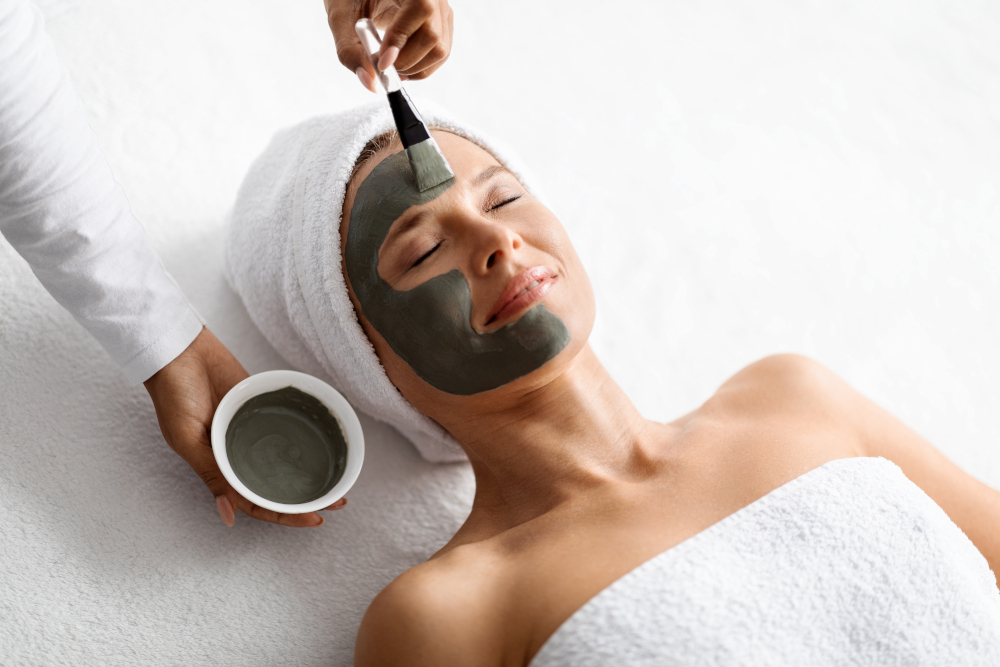
For best results, most masks will instruct you on how often to apply it and for how long. If you’re a busy, on-the-go person then look to masks that you apply for 5-10 minutes (or less) and can tissue off. Alternatively, opt for an overnight face mask (think of it like an intense moisturiser) these are mostly designed to sink right in so they shouldn’t leave residue on your pillow.
If you tend to have a bit more downtime, then you can look to wash-off face masks that you leave on for 15-20 minutes (while you laze in the bath or catch-up on your favourite TV show). If rinsing off is too much faff, sheet masks are your friend. They require you to sit relatively still but once it’s done its thing you simply chuck the face mask and take a little time to massage the excess into your skin.
As for frequency, you can usually apply the same mask two-three times a week (check for directions of use first). The face masks you may want to limit to once or twice per week would be those that are a little more “active” such as the deep cleansing and brightening masks that contain clay, acids, or grains.












